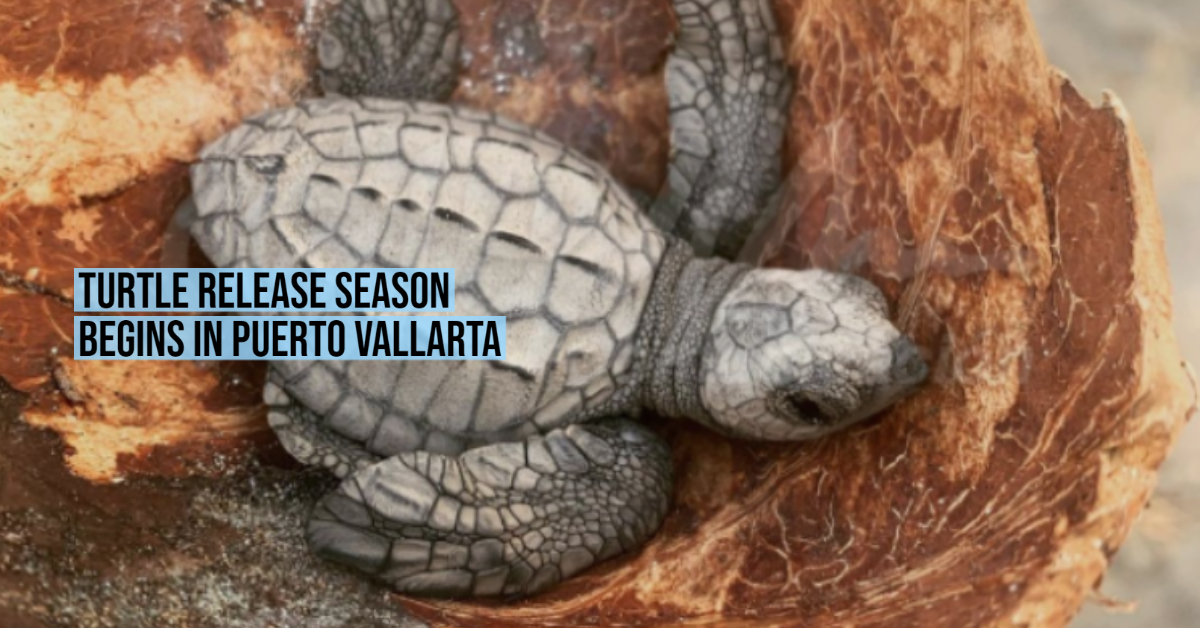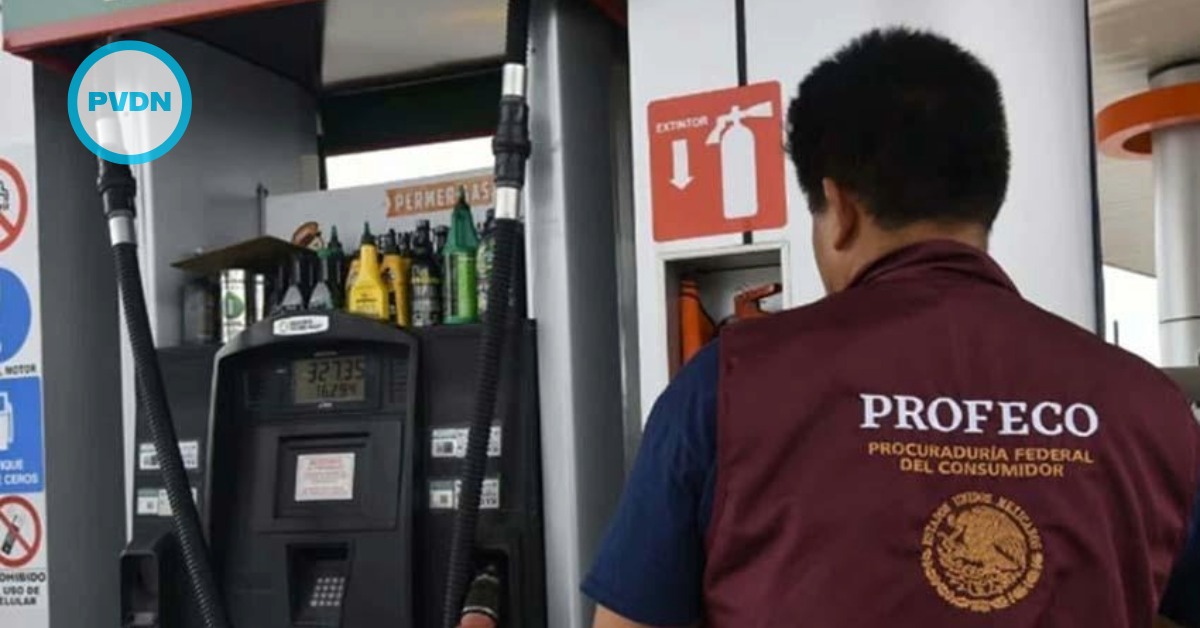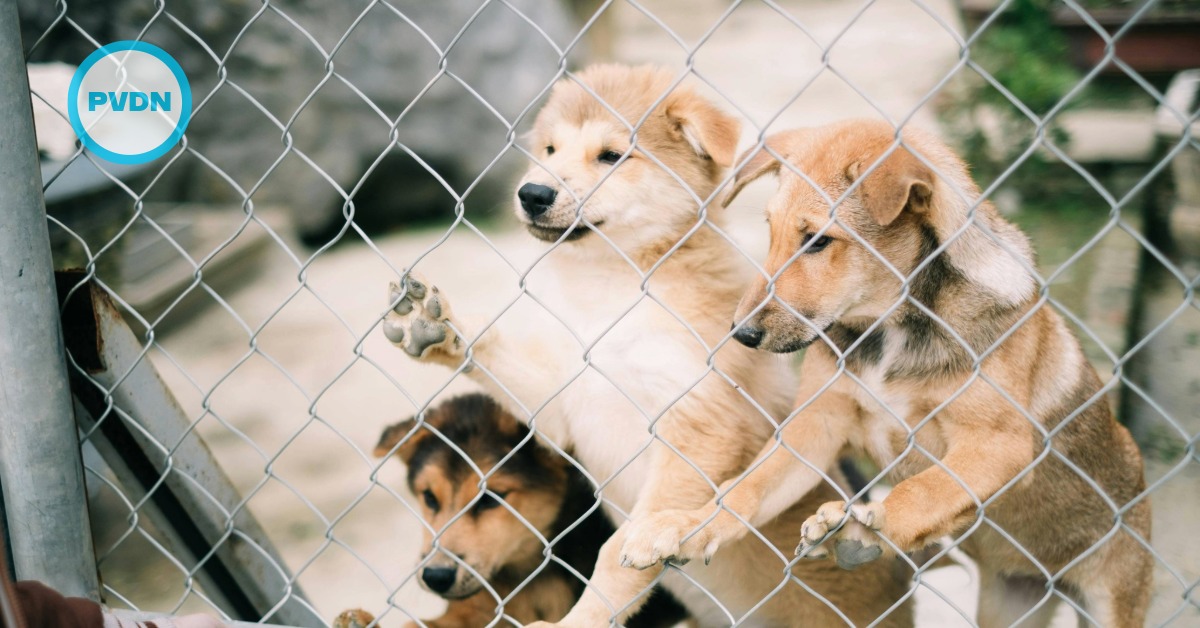Every year different species of sea turtles come to spawn on the beaches of Puerto Vallarta, and during this season, the shells begin to open so that the newborn hatchlings can take their first steps towards what will be their new home in the Mexican Pacific.
From July to January each year, this tourist destination, which has established itself as one of the most important coasts in Mexico for the preservation of sea turtles, has one of the most impressive natural spectacles ready for all visitors, the release of turtles.
In Puerto Vallarta, you will . . .






